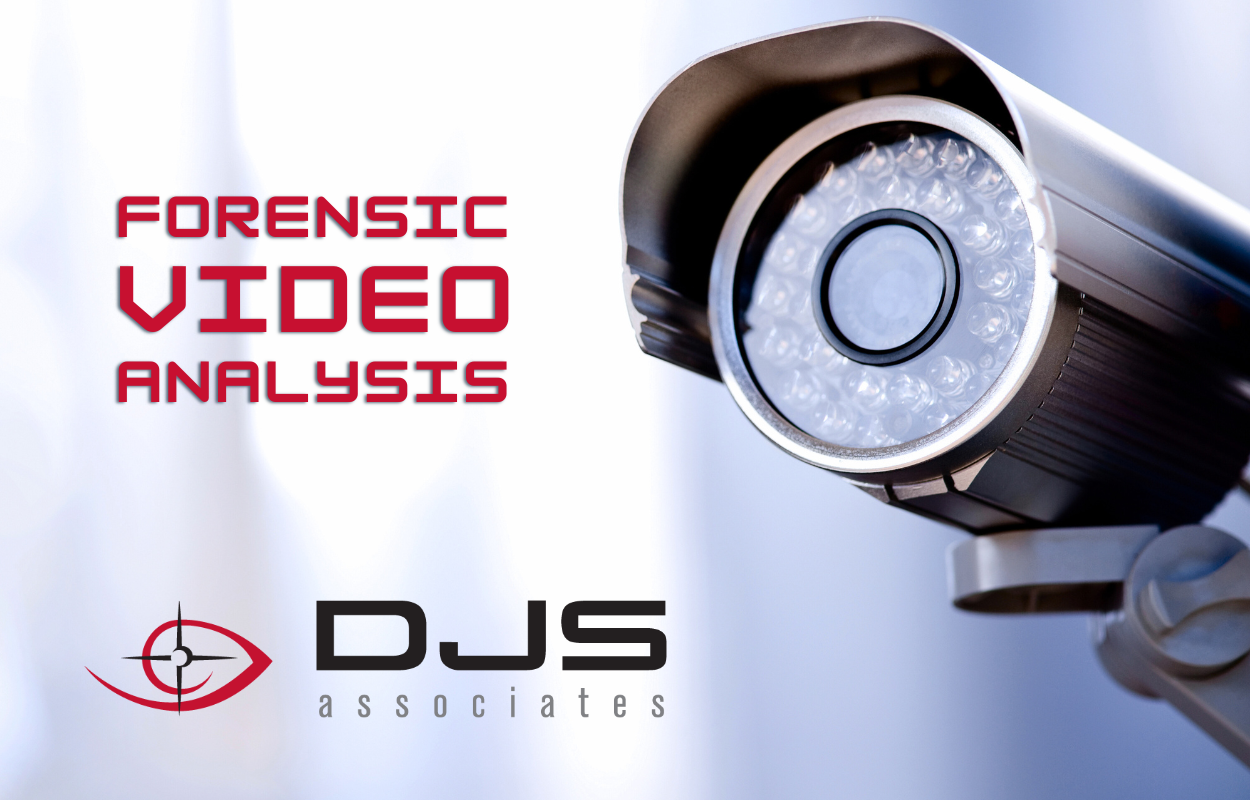Forensic Video Analysis: Distortions in Secondary Recordings

Laurence R. Penn, CFVT, Senior Forensic Animation/Video Specialist
Sometimes the only video evidence available for a case is a secondary recording of the original video. “Secondhand” video evidence is a recording of a video playback on another device’s monitor, such as a surveillance system. From a forensic perspective, “second-lens” may be a more appropriate description since the secondary recordings are not the native or proprietary video from the original device, nor a copy. Instead, the original video has been interpreted through a second lens, typically by a handheld device like a cell phone or tablet.
Reliance on secondary recordings might result from any number of reasons, ranging from pure neglect to a last-resort effort to capture a recording of an incident before it is overwritten. Regardless, this method should only ever be applied after all other accepted methods of forensic video evidence collection have been considered or if future access is in doubt.
Secondary recordings of video evidence introduce a range of distortion artifacts and data loss. Distortions, both temporal and spatial, can include cropping, perspective and lens distortion, motion blur, and frame rate conversions. While this type of evidence can still contain valuable data, efforts to correct or reduce distortions will likely be necessary prior to attempting analysis. Addressing these issues is especially important with regards to reverse projection photogrammetry analysis, which involves measuring distances between objects in a 2D image to calculate 3D coordinates. Temporal or spatial distortions may shift the positioning of an image’s pixels, thus affecting the accuracy of measurements.
Correcting or reducing distortions is often a crucial step in scenarios where secondary recordings are the only video evidence options available. For example, returning the video to its proper aspect ratio (the spatial relationship of the width and height of the video) can be easily accomplished if several of the video frame edges and corners are identifiable. If the frame edges and corners aren’t identifiable, however, accurately correcting the video’s aspect ratio becomes nearly impossible. But there is another piece of data that can provide the key to the video’s correction: exemplar video.
Exemplar video is the proprietary or native video obtained from the same camera system that captured the original recording. Forensic video technicians and analysts may extract and utilize an exemplar video to identify the original aspect ratio, frame rate, and other intrinsic qualities. Through this method (demonstrated in the images below), the exemplar video acts as a template to appropriately address the distortions present in the secondary recording. Exemplar video still needs to be closely examined and compared to the secondary recording to ensure that the camera has not been moved or replaced.

Although attempting to locate and preserve the native or proprietary evidence video is the ideal option, acquiring exemplar video from the native system, even when the original is not found, may prove valuable to assist in validating a secondary recording, reducing potential distortions, and increasing the accuracy of applied forensic video analysis.
Categories: Digital Forensics | Education | Laurence R. Penn, CFVTTags: Digital Evidence | Evidence Preservation | Exemplar | Photogrammetry | Secondary Recording | Spoliation | Surveillance Video Analysis | Video


